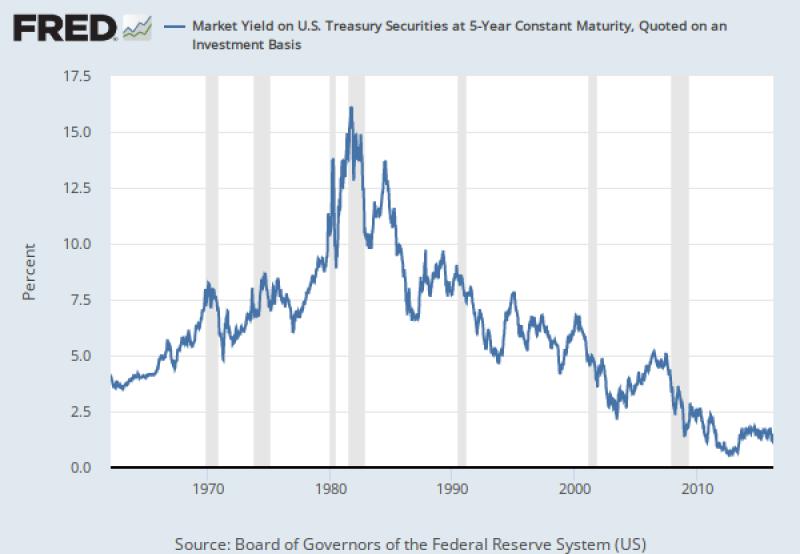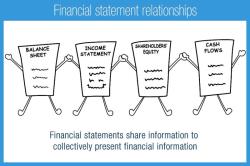What is the US Treasury constant maturity rate?
The U.S. Treasury Constant Maturity Rate, also known as the Constant Maturity Treasury (CMT) or Treasury Constant Maturity (TCM) rate, refers to a series of interest rates published by the U.S. Treasury that represents the yield on various maturities of Treasury securities. These rates are used as benchmarks for various financial products, and they provide insights into the overall interest rate environment.
Here are key points about the U.S. Treasury Constant Maturity Rate:
Calculation:
- The rates are calculated by the U.S. Department of the Treasury based on the yields of actively traded Treasury securities. The maturities range from short-term (e.g., 1-month and 3-month) to long-term (e.g., 10-year and 30-year).
Publication:
- The U.S. Treasury publishes the Constant Maturity rates daily on its website. These rates serve as reference points for interest rates in the broader financial markets.
Use as Benchmarks:
- The Constant Maturity rates are commonly used as benchmarks for various financial instruments, including adjustable-rate mortgages (ARMs), student loans, and other debt securities. Changes in these rates can influence borrowing costs and interest rates for consumers and businesses.
Yield Curve:
- The rates across different maturities collectively form the yield curve. Changes in the yield curve can provide insights into market expectations for future interest rates and economic conditions.
Economic Indicator:
- The shape of the yield curve, particularly the spread between short-term and long-term rates, is often considered an economic indicator. An inverted yield curve (short-term rates higher than long-term rates) is sometimes seen as a signal of economic uncertainty or an impending recession.
Risk-Free Rate:
- Treasury securities are considered virtually risk-free because they are backed by the U.S. government. As a result, the Constant Maturity rates are often used as a reference point for the risk-free rate in financial models and calculations.
Components:
- The specific maturities included in the Constant Maturity series can vary. Common maturities include 1-month, 3-month, 6-month, 1-year, 5-year, 10-year, and 30-year. Each maturity represents the yield on a Treasury security with a specific time to maturity.
It's important to note that while the U.S. Treasury Constant Maturity Rate is a useful indicator, it is just one of many factors influencing interest rates in the financial markets. Investors, policymakers, and financial institutions closely monitor these rates to assess market conditions and make informed decisions.
Understanding the US Treasury Constant Maturity Rate
The US Treasury Constant Maturity Rate (CMR) is a benchmark interest rate that reflects the yield on a hypothetical Treasury security with a maturity of exactly one year. It is calculated by interpolating the yields on a series of Treasury securities with different maturities, ensuring a consistent yield for a one-year maturity.
The CMR serves as a crucial reference point for various financial transactions, including:
Pricing of Fixed-Income Securities: The CMR is used to price other fixed-income securities, such as corporate bonds and municipal bonds.
Valuation of Assets and Liabilities: The CMR is used to value assets and liabilities that are sensitive to interest rates, such as pensions and insurance contracts.
Benchmark for Loans and Mortgages: The CMR is used as a benchmark for setting interest rates on loans and mortgages.
Factors Influencing the US Treasury Constant Maturity Rate
Several factors influence the US Treasury CMR, including:
Federal Reserve Policy: The Federal Reserve's monetary policy decisions, particularly changes in the federal funds rate, significantly impact the CMR.
Economic Conditions: Economic indicators such as inflation, unemployment, and GDP growth influence investor expectations and consequently affect Treasury yields.
Supply and Demand: The supply and demand dynamics in the Treasury market, driven by investor preferences and global economic conditions, also influence the CMR.
Global Factors: International economic developments, such as interest rates in other major economies and geopolitical events, can also affect the CMR.
Impact of the US Treasury Constant Maturity Rate on Financial Markets
The US Treasury CMR has a widespread impact on financial markets, affecting various asset classes and financial transactions:
Fixed-Income Markets: The CMR directly influences the yields of other fixed-income securities, leading to price changes in bonds and other debt instruments.
Equity Markets: Changes in the CMR can affect equity valuations, as investors reassess their risk appetite and discount rates for future earnings.
Currency Markets: The CMR can influence currency exchange rates, as it affects the relative attractiveness of investing in US dollars compared to other currencies.
Consumer Borrowing: Changes in the CMR can impact consumer borrowing costs, influencing decisions on loans, mortgages, and other credit-based transactions.
In conclusion, the US Treasury Constant Maturity Rate is a critical benchmark that plays a significant role in shaping financial markets and influencing various financial decisions. Its impact extends across asset classes, from fixed-income and equity markets to currency markets and consumer borrowing.












